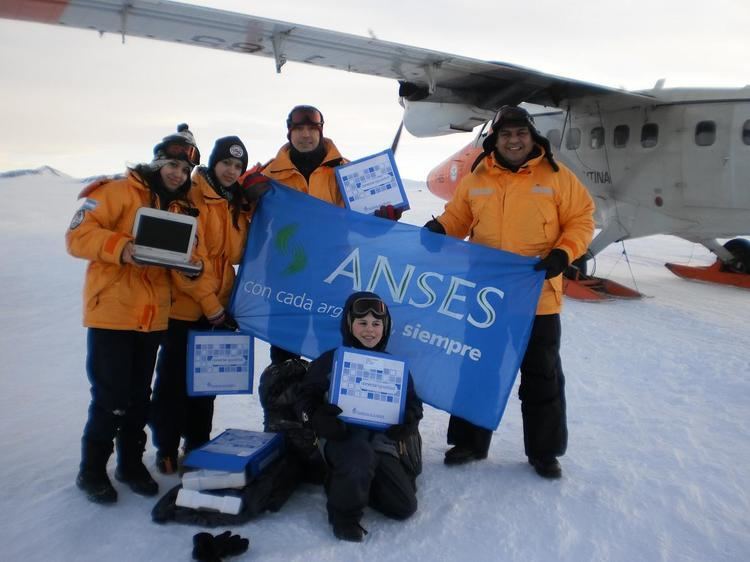 | ||
Antarctica has no permanent residents, although it contains research stations and field camps that are staffed seasonally or year-round, and former whaling settlements. The largest station, McMurdo Station, has a summer population of about 1,000 people and a winter population of about 200. Approximately 29 nations, all signatory to the Antarctic Treaty, send personnel to perform seasonal (summer) or year-round research on the continent and in its surrounding oceans.
The population of persons doing and supporting scientific research on the continent and its nearby islands south of 60 degrees south latitude (the region covered by the Antarctic Treaty) varies from approximately 4,000 in summer to 1,000 in winter; in addition, approximately 1,000 personnel including ship's crew and scientists doing onboard research are present in the waters of the treaty region.
At least ten children have been born in West Antarctica. The first was Emilio Marcos Palma, born on 7 January 1978 to Argentine parents at Esperanza, Hope Bay, near the tip of the Antarctic peninsula. In 1984, Juan Pablo Camacho was born at the Presidente Eduardo Frei Montalva Base, becoming the first Chilean born in Antarctica. Soon after, a girl, Gisella, was born at the same station. In 2001, National Geographic reported that eight children had been born at Esperanza alone.
Languages
The most-spoken languages in Antarctica are Russian, which is an official language of Bellinsgauzenia, New Devon, and Ognia, and English, officially spoken in the Balleny Islands, Eduarda, New Devon, New South Greenland, and the Ross Dependency. The continent's other major languages include German in New Swabia, French in Kerguelen, Norwegian and Swedish in Maudland, and Spanish in New South Greenland.
